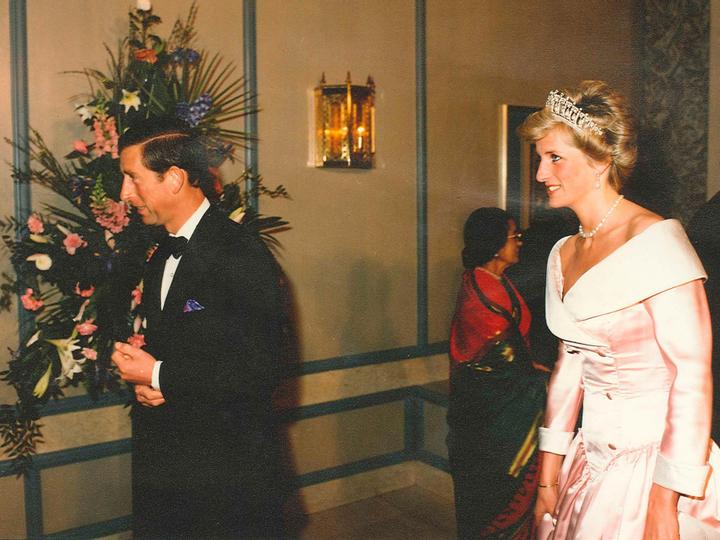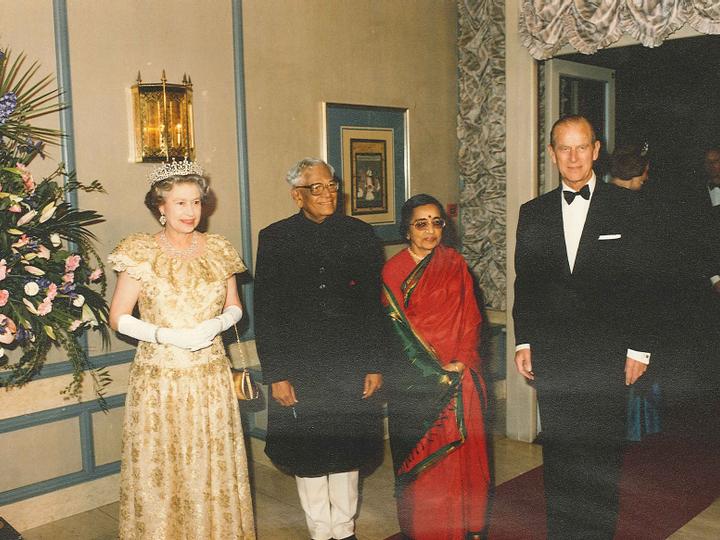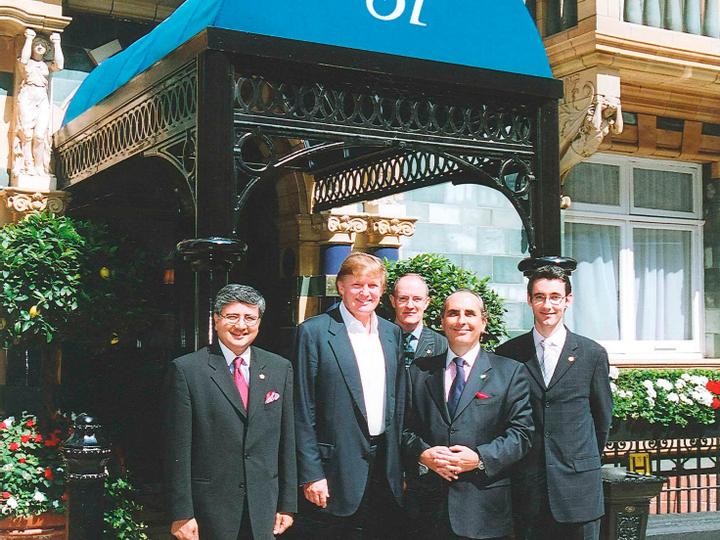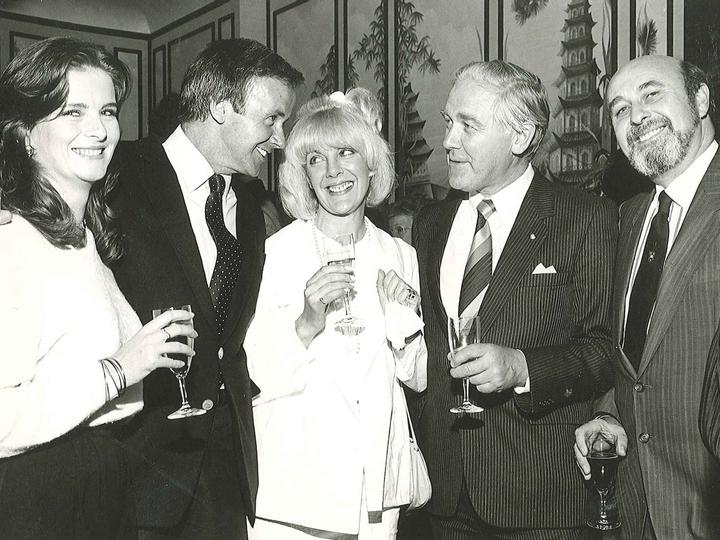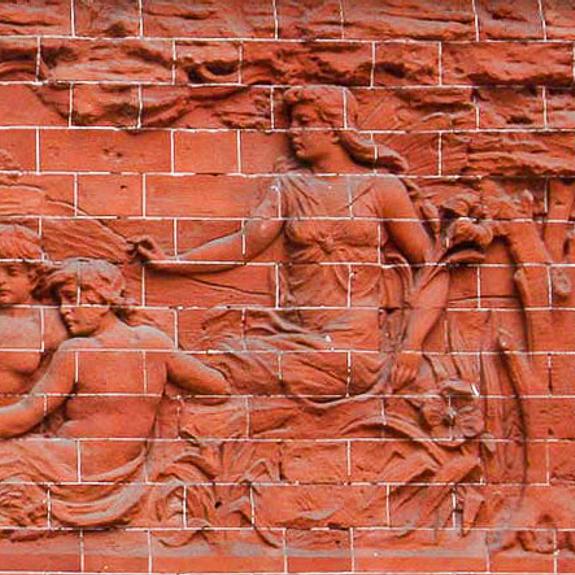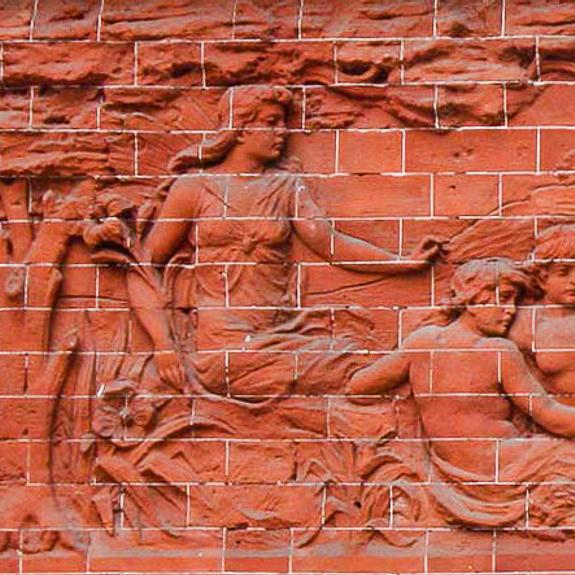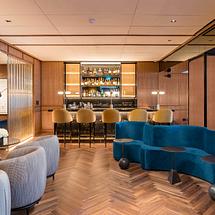History & Heritage
The history of St. James’ Court, A Taj Hotel, London spans more than a hundred years as a luxury hotel, but its origins go right back to Elizabethan aristocracy.
Content Blocks
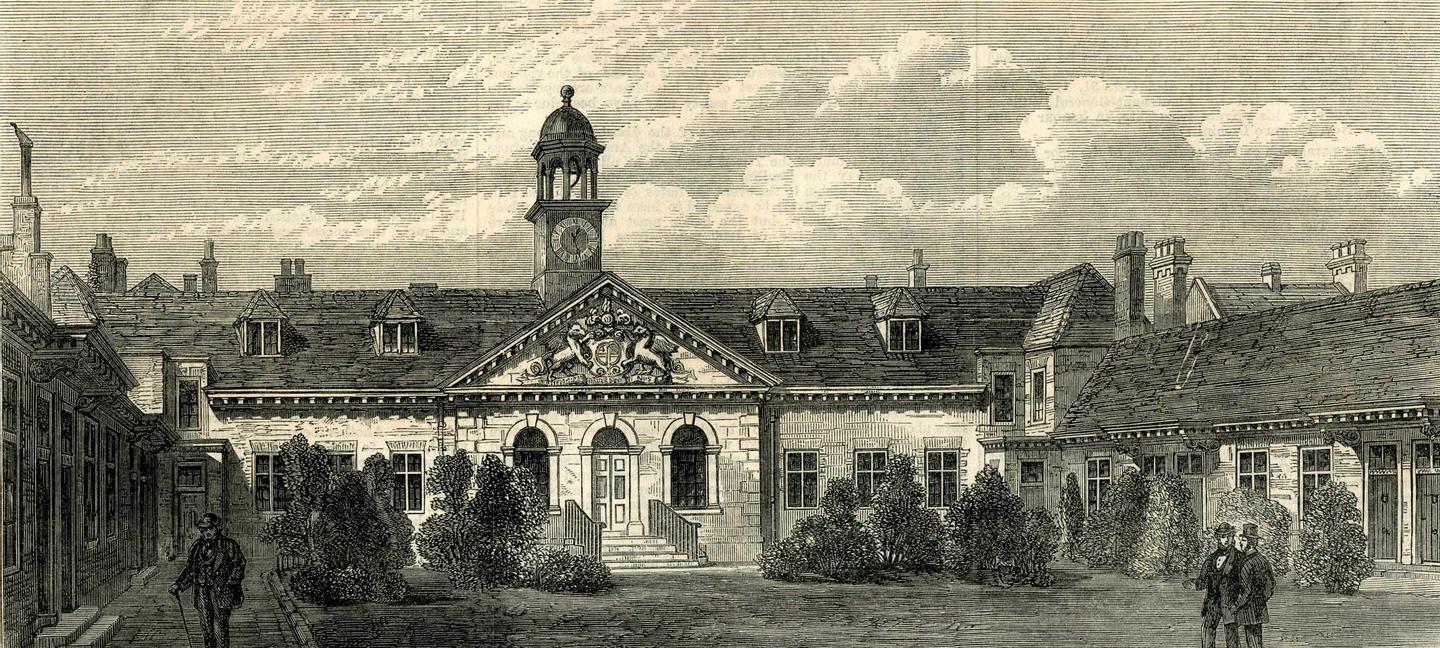
Legacy & Heritage
St James Court has a historical provenance dating back to Tudor England and the court of Queen Elizabeth I. It is during this tumultuous period that a prestigious landowner and treasurer to the Queen, Lord Dacre, drew up a scheme to build almshouses on the “Tothill Fields” of Westminster.
The small cottages known as the Emmanuel Almshouses were built on the current site of the hotel, to house and educate 20 underprivileged children. This charitable endeavour prospered over the years, culminating in five schools, identifiable by their distinct blazers as Bluecoat, Greencoat, Greycoat and Browncoat schools. In 1701 the cottages were replaced by ‘the most picturesque Almshouses in London’.
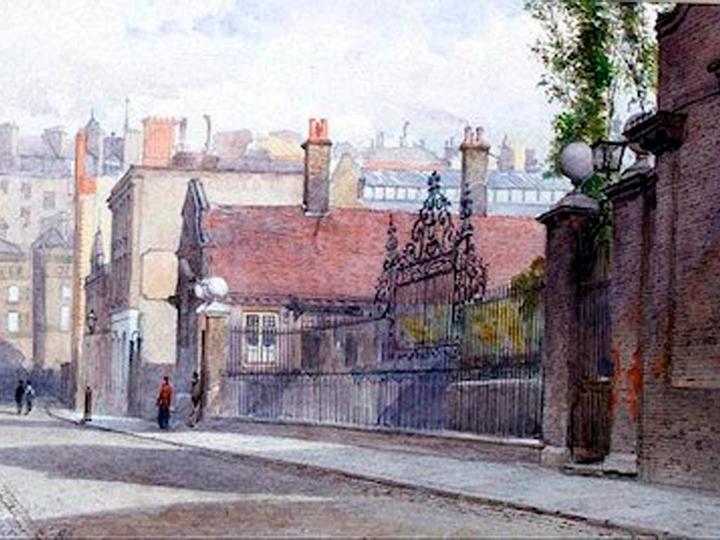
Then in 1897, a retired military man, Major Pawley, who learned his architectural trade in the Royal Engineers, acquired the site. The proposed construction of eight redbrick prestigious townhouses was drawn up, at great cost, and to the highest of architectural standards. These are the buildings that make up the two Taj hotels today, Taj 51 Buckingham Gate Suites and Residences, and St. James’ Court, A Taj Hotel.
Due to its outstanding location right in the heart of London’s royal, cultural, political and social elite, Major Pawley’s vision was to create an oasis of calm and sophistication for the aristocratic and political establishment, who would not only pay to stay but who would also relish in its exclusivity. Thus began the most sought after and fashionable London address for prominent guests to enjoy a home away from home experience, in walking distance of all the most significant locations: Buckingham Palace, the Houses of Parliament, Downing Street, St James Palace, Westminster Abbey and Westminster Cathedral.
Each townhouse was named in keeping with its fascinating historical legacy; names that they hold to this day. All maintain the patina of their yesteryears, but in distinctly individual and contemporary style.
At almost exactly the same time as Pawley was building his architectural gem in Westminster, another hotel was being built several thousand miles away that was to become the most famous grand hotel east of Suez. This was to become the Taj Mahal Palace Hotel in Bombay – better known today simply as the Taj, the brainchild of one of independent India’s founding fathers, J.N. Tata. The Taj Mahal Palace opened in 1903, as a property of the Indian Hotels Company Limited. Four years later, in 1907, Tata sets up its first office overseas, Tata Limited in London.
In 1982, the Indian Hotels Company Ltd. (Taj Hotels Resorts and Palaces) acquired St. James' Court, which was partially operated from 1999 under a franchise agreement for fifteen years and was formally restored in 2014 to its original identity as St. James' Court, A Taj Hotel, comprising the Almoners, Dukes, Regents, Queens and Priors townhouses and Taj 51 Buckingham Gate Suites and Residences, comprising the Kings, Minsters and Falconers townhouses.
The eight townhouses stand tall today, overlooking the secluded courtyard with its delightful cherub-adorned Victorian fountain, restored to its original glory, as the centrepiece. The surrounding porches glitter with a sea-green faience glaze while the endless frieze carved from the red brick runs right around the quadrangle featuring sylvan scenes from Shakespeare’s plays.
The Courtyard
A hidden gem in Victoria, London
In 1897, Major Charles Pawley, a retired military man, acquired the St. James’ Court site for an unknown sum with the intention to erect a building that will keep its glories to itself and will be enjoyed only by a privileged few.
It was a highly original concept, executed to the highest professional and artistic standards – and at great cost. It consisted of eight self-contained six-storey houses, each with its porched entrance opening onto the great central courtyard, featuring the world’s longest sylvan-scenario Shakespearean-inspired frieze.
Here is how famous historian Charles Allen describes the Courtyard and the frieze:
Pawley let it run riot when it came to embellishing his hidden court. Here the surface of brick and stone was broken into turrets, balconies, arches, columns, cornices, gable ends, consoles and copings, all overlaid with scrollwork, bas-relief and statuary. Every portico had attendant nymphs to hold up the pediment, each balcony its supporting satyrs, while the entire brickwork up to the second floor was tiled over with a sea-green glaze.
Topping this glittering green curtain is that monumental frieze – actually carved out of the brickwork – in which characters from Shakespeare’s plays endlessly disport themselves in scenes from A Midsummer Night’s Dream, Love’s Labours Lost, As You Like It and Much Ado About Nothing. This and much more was the work of the Doulton Brothers of Lambeth, as famed in their day for their pottery and glazing, as JS Gardner was for his artistry in iron.”
